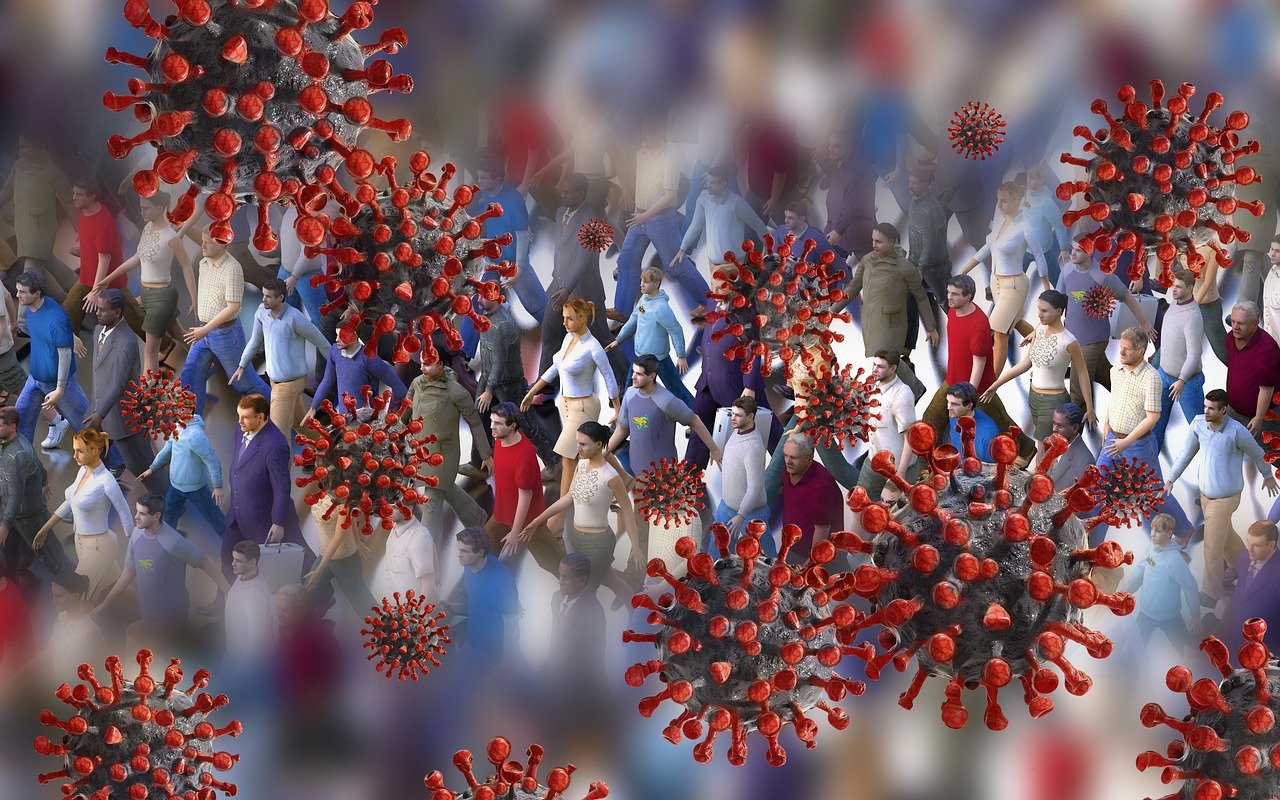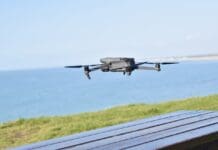This post is also available in:
 עברית (Hebrew)
עברית (Hebrew)
Towards a post-COVID-19 world, businesses and governments will have the task of ensuring public safety. Video technology solutions have emerged as one of the key tools for ensuring the safety of customers, employees and the general public.
Video came to the aid early in the battle against COVID19. As the pandemic unfolded globally, immigration counters at airports were equipped with thermal cameras that helped screen passengers for COVID-related symptoms. Thermal imaging, which ensures that scanning is contactless and safe for both the tester and the tested, is now being adopted more widely around transportation.
For healthcare providers and hospitals, video technology is providing safer alternatives for patient care and treatment. Tele-Kiosks for instance are facilitating video consultations with doctors, making contactless and distant consultation possible. These kiosks are connected to devices that can monitor vital signs such as blood pressure, oxygen saturation and temperature. This enables healthcare workers and doctors to remotely monitor patients’ condition.
The threat of increased infection has made social distancing and crowd control mandatory in public places, shops, offices and business establishments; wherever there is potential for people to gather in large numbers. As businesses will start to re-open, video technology solutions, combined with an open platform Video Management Software, will be able to provide a feature-rich tech platform to tackle the challenges ahead. With advanced features such as heat mapping and occupancy statistics, crowd counting for public spaces within retail or private sectors, distancing detection and enforcement of one-way direction in retail outlets, businesses can ensure better compliance within safety measures.
With an open platform VMS, business owners will be able to regulate access from a centralized location and benefit from statistics and data gathered. An open platform VMS will also allow the integration of other devices such as audio, visual display systems and even mobile devices to help with challenging issues like crowd control. Drones and robots can also be integrated with the VMS to aid with social distancing measures on a much larger scale, according to dqindia.com.
























